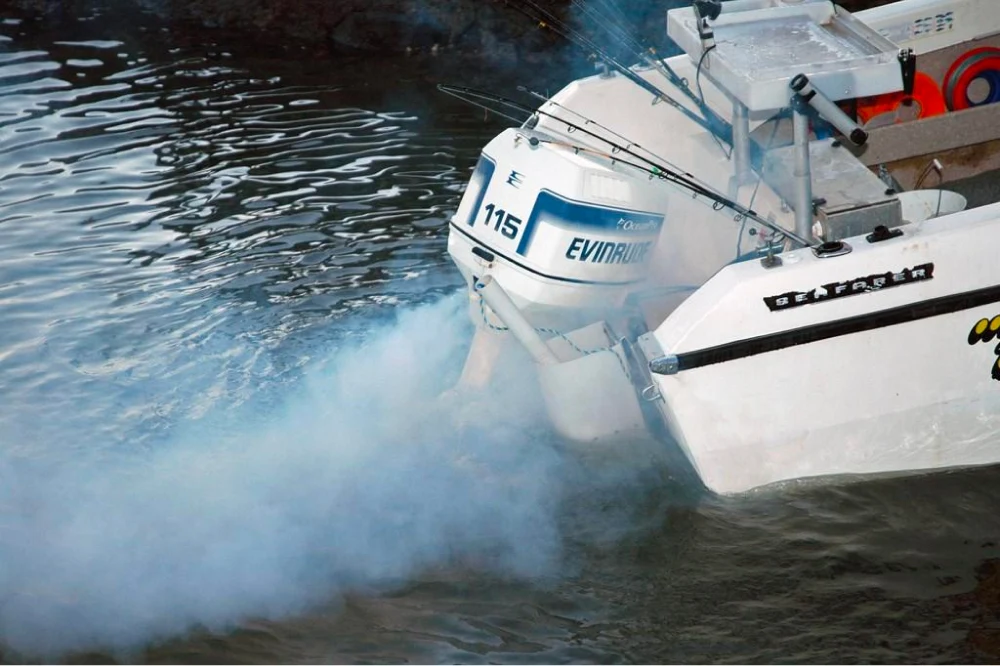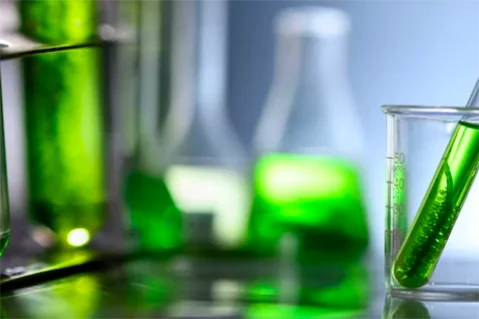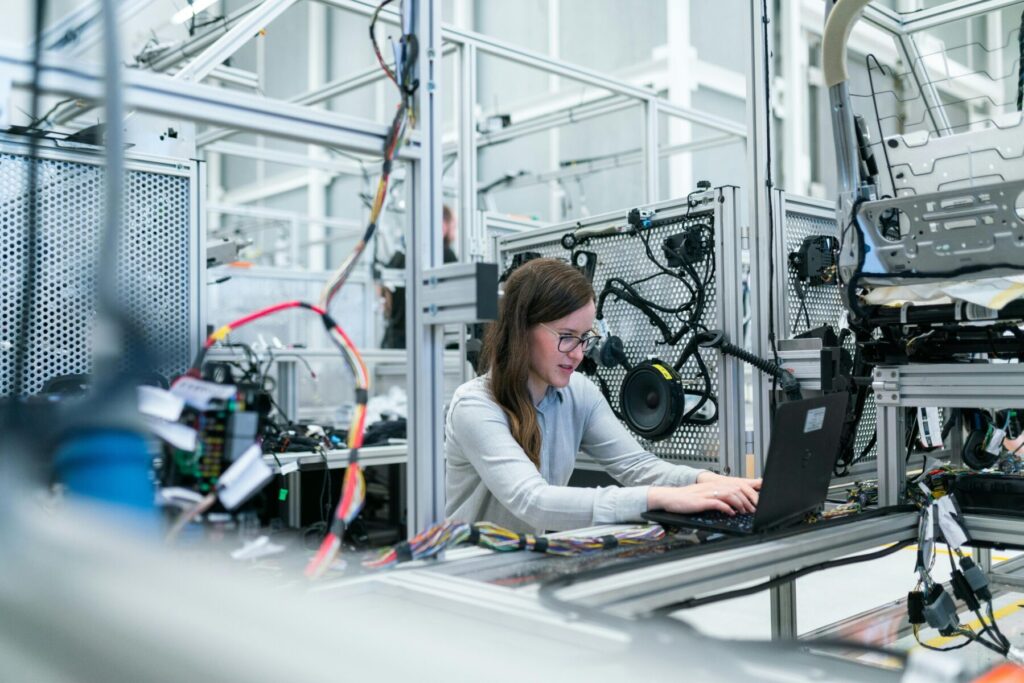
Original equipment manufacturers (OEMs) and businesses: regardless of your business, knowing how to measure particle size is key to staying in compliance with regulatory authorities. But more than that, knowing how to measure particle size is key to ensuring reliable quality control for you and your team.
To ensure the profitability of your business, you’ll want to implement a reliable particle analysis procedure with your team. But before you do, you’ll want to know how particle analysis can help your industrial operation thrive.
GlobalMRV here: for more than 20 years, we’ve been helping provide environmentally sustainable solutions for OEMs and businesses across a variety of niches. Our specialty lies in reducing vehicle emissions.
We’ve been at the forefront of vehicle emissions particle analyses for decades. We strive to provide you with the know-how and equipment needed to maintain efficient quality control and optimized processes for your operation.
In this article, we’ll cover the following topics on particle size analysis:
- 5 Common technologies for conducting particle size analyses
- Understanding what’s involved in particle size analysis
- What the industry vernacular of “particle size measurements” means in laymen terms
- Why measuring particle size is so important
- Different methods and ways to conduct particle size analyses
- Facts about particle analysis
- Information related to conducting particle analyses like an expert
7 common ways to measure particle sizes for various industries
| 1. Laser scattering (also called laser diffraction) 2. Dynamic light scattering 3. Electrical particle counters (EPC) 4. Engine exhaust particle sizers (EEPS) 5. Test sieve analysis 6. Air jet sieve analysis 7. Dynamic image analysis |
Understanding what particle size analysis is

What exactly is particle size analysis? Particle size analysis refers to the process where free-flowing material is analyzed to determine the size and shape of particles in an industrial or mechanical operation.
Companies often conduct this analysis to ensure that their product — or a product they use from another company as part of their operation — meets their standards.
Why?
Because a company can benefit from providing consistency and quality that their clients have grown to trust and love.
Let’s take a quick example.
In our line of business, vehicle emissions testing for real-driving environments (RDE), particle analysis is used to determine the size and amount of harmful greenhouse gases and hydrocarbons in samples of internal combustion engine (ICE) exhaust vapors. In each sample of ICE-based exhaust emissions, we use a particle analysis to help optimize engine performance and calibration.
The right temperature, consistency of fluid, particulate matter, and particle numbers (among hundreds of other data points collected) are calculated to determine the environmental impact of a vehicle in RDE.
“And what happens if particle size analysis isn’t conducted?” You might wonder.
Failure to implement reliable particle analysis can lead to product recalls, malfunctions, and failures. As such, determining the size and amount of particles in a given sample is crucial to ensure a quality product that stands the test of time.
Finally, ingesting particles into the lungs can cause long-term health problems (and nobody wants that).
What it means to “do particle size measurement”

Now that we know what particle size analysis is, how does one measure particle size? And, what does it mean to “do particle size measurement?”
Let’s look back at our example of vehicle emissions testing.
Measuring particle size means calculating the number, type, and size of particles emitted into the air from ICE engines.
Vehicle calibration engineers and analysts will measure trace amounts of hydrocarbons using a five-gas analyzer — or measure trace amounts of nitrogen oxides using a portable emissions measurement system (PEMS) — to determine how an ICE-based product impacts air quality and public health.
So, measuring particle size means creating a product that’s safe for use, a product that’s minimally invasive and is useful for all.
Of course, how you record particle size is different depending on the standards you’re following. For example, scientists measure particles according to different guidelines from organizations such as the American Society for Testing and Materials (ASTM) or International Organization for Standardization (ISO).
In the next section below, we’ll take a look at what said measurements look like in our quest to better conceptualize what it means “to measure particle size(s)” or “do particle size measurement” for different industrial applications.
Putting the size of particles into perspective
So, how small exactly are the particles for analysis that we conduct? Let us explain.
If we place these particles in perspective — using our example of the industry of automotive vehicle emissions — the size of particles that particle size analyses can detect are measured in micrometers (µm) and nanometers (nm).
How small are micrometers and nanometers, exactly?
Consider this: red blood cells are about 7.5 to 8.7 micrometers in diameter.
Most particles measured for vehicle emissions include PM10 — or particulate matter that’s 10 µm in diameter (or less). Likewise, PM2.5 is particulate matter 2.5 micrometers or less in diameter.
For context, a human hair is about 100 micrometers, so about 40 fine particles could be placed on a hair’s width, according to the Australian Government’s Department of Climate Change, Energy, Environment, and Water.
As we look at particle size analyses, the size range and size measurements that particle size analyzers conduct aren’t detectable to the naked eye. We’re talking infinitesimally small particles!
And, when we inhale these particles, the particles can have serious consequences on our health and safety.
As such, accurate and reliable particle analyses are key for ensuring a safe, healthy, and quality product.
Why measuring particle size distribution is so important

A number of advantages exist when conducting accurate particle analyses using different measurement techniques. Measuring particle size is important for industrial operations because doing so can save you thousands, if not millions, of dollars in potential revenue.
If we go back to our example of vehicle emissions testing, if the particles are large or uneven, they can pose safety hazards to the general public. Depending on the particle size distribution, the Environmental Protection Agency (EPA) may flag an operation for being out of compliance with environmental legislation (such as EPA Method 21), which can lead to fines and potential violations.
Another example of why measuring particle size is important is in the pharmaceutical industry. The pharmaceutical industry relies on accurate particle size measurements and particle sizes, as particle size analysis helps ensure that medicine better disperses through a person’s body.
If a pharmaceutical company fails to note and control the particle size of their medicine, they might be subject to lawsuits. And, of greater importance is the fact that ingesting medicine can cause irreparable harm to patients.
In other words, knowing the particle size involved in a product is key to ensuring the product doesn’t cause harm and is safe, effective, and top-quality.
Methods and ways to conduct particle size analyses

The most common methods and ways to conduct particle size analyses include the following:
- Laser scattering (also known as laser diffraction)
- Engine exhaust particle sizers (EEPS)
- Electrical particle counters (EPC)
- Dynamic light scattering
- Test sieve analysis
- Air jet sieve analysis
- Dynamic image analysis
Various methods like sieve analysis work well with mining and other industrial applications. But, to be consistent in explaining concepts using our examples on vehicle emissions testing, we’ll focus on laser scattering and engine exhaust particle sizer (EEPS) technology in this article.
Dynamic light scattering and laser diffraction
With laser diffraction, a laser beam passes through a dispersed particulate sample, and large particles scatter light at small angles. Small particles scatter light at large angles.
If we take our example of vehicle emissions again, with laser diffraction and scattering tools, the amount of light scattered back based on different wavelengths can tell us how much CO₂ concentration is in an internal combustion engine’s (ICE) exhaust output.
Different particle analyzers and particle measurement devices — such as the Axion R/S — use laser scattering and diffraction to measure the exact concentration of fine PM2.5 and PM10 particles from industrial operations.
Similar to dynamic light scattering and laser diffraction is particle counter technology. Particle counter technology uses diffusion charging to deliver fast and reliable particle emissions testing from engine vehicle tailpipes and other emission sources.
Through electrical detection of aerosol particles, particle counter technologies measure particle number (PN) concentration, providing information about the surface area concentration of particles that deposit onto human lungs, the mass concentration of particles, and the median size of particles.
Best of all, particle counters come in standalone systems that are easy to install, making particle analysis intuitive and effortless.
The result of using these technologies? The ability to create cleaner, safer, and more efficient products.
Engine exhaust particle sizer (EEPS) technology
Similar to laser diffraction and scattering is EEPS technology. EEPS measures particles in engine exhaust using electrical mobility. Particles enter the instrument and are charged to a base level; then, the same particles pass through a space where they’re repelled outward by voltage from a central column.
Particles reach electrodes and create a current that’s measured by an electrometer. The currents are converted to particle sizes and concentrations.
Particle diameters and other information related to particle sizes are then displayed back to the user as measurement on a digital interface.
Helpful tip about particle size analysis for vehicle emissions reporting

When you’re endeavoring to monitor and reduce fleet emissions through particle size analysis, you need to discuss strategies for businesses to track and minimize the carbon emissions of fleet vehicles.
Key points a business should discuss include:
- The importance of data: Establishing sustainability goals based on accurate data about vehicle emissions, miles driven, fuel consumption, and maintenance needs.
- The use of technology: Implementing vehicle management software to monitor and analyze emissions in real time.
- Diverse approaches to minimizing carbon emissions: While electric vehicles (EVs) make up a significant part of reducing emissions, industries need to look for a flexible approach that includes various types of vehicles and methods for particle analyses.
For more helpful tips about how to create a more sustainable environmental operation, visit us on our Instagram page!
Conduct particle analyses like an expert

In summary, determining particle sizes, size classes, and number of particles present is important for creating a safe, efficient, and quality product that adheres to environmental regulations.
Some of the most commonly used methods of particle size analysis include laser diffraction, light scattering, sieve analysis, and dynamic image analysis.
The above-mentioned measurement methods measure smaller particles, such as PM10, from 0- 30,000 μg/m³ (0-30 mg/m³). Depending on your industry, type of particle you’re analyzing, and the number of particles you’re analyzing, the method of particle measurement you choose will differ.
Remember, though, you’ll want to measure particles by common measurements like mesh counts, inches, millimeters, or microns.
If you’re an original equipment manufacturer (OEM) or business in need of particle analysis equipment for emissions testing, we’d love to help. Since 2018 alone, GlobalMRV has collected and analyzed over 3,000 hours of reliable data and helped save OEMs and companies more than $5,000,000 on real driving emissions (RDE) testing for clients of all different industries and niches.
Our team of Ph.D. researchers, managers, analysts, engineers, and technicians have run more than 60 different types of diagnostic testing regimes and supported over 100+ different vehicles and engines for overall emissions reduction and fuel calibration testing.
We’ll work with you to find the right solution that fits your business’ emissions testing needs.
To learn more about how our team supports businesses with particle analysis, don’t hesitate to contact us anytime. We’d be happy to help.
Driving the Future of Emission with Real-Time Data | GlobalMRV